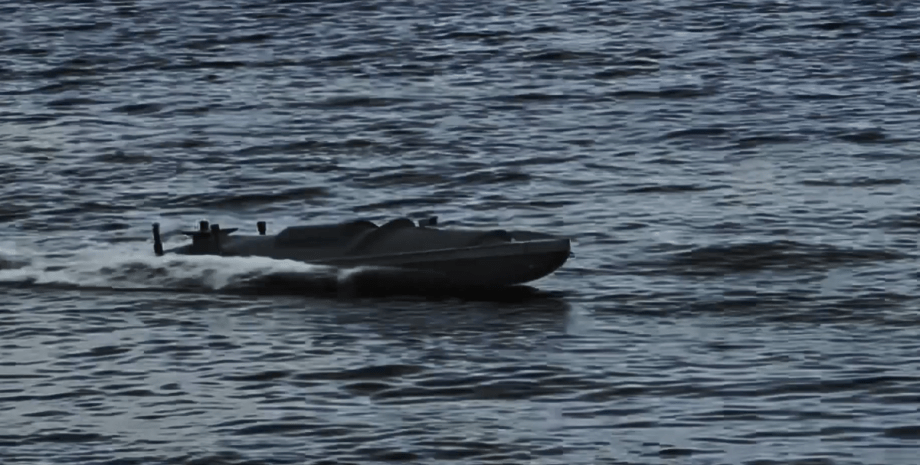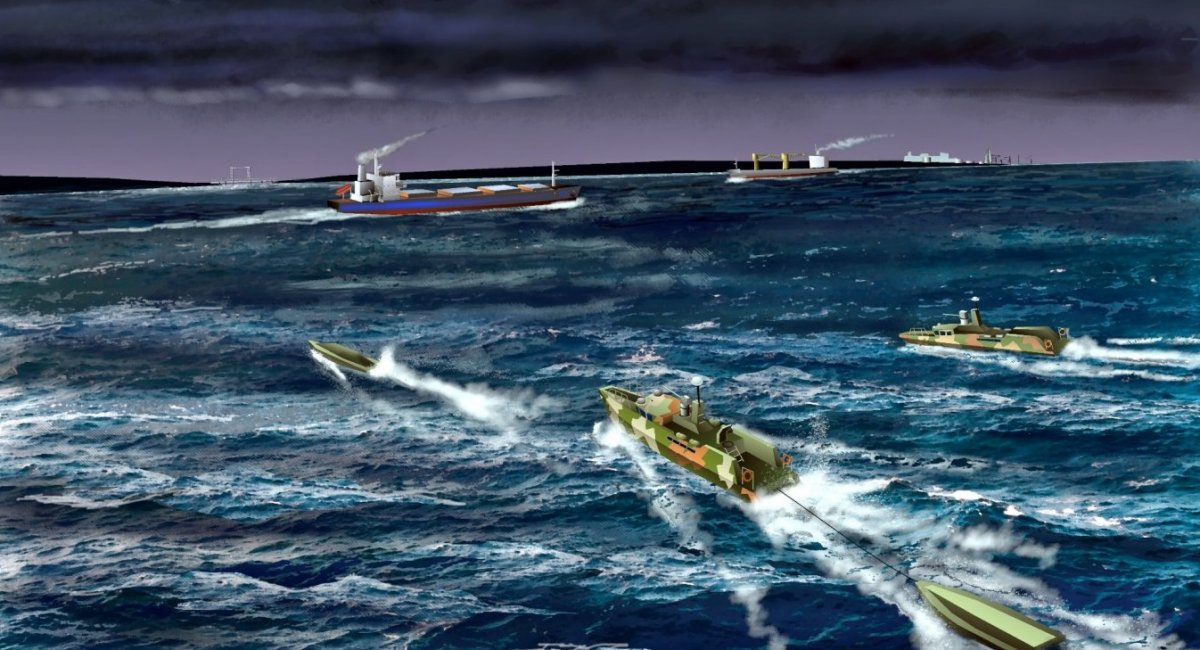
russia creates its own maritime drones, so far from wood and 200 kg of explosives
Even if the development looks low-tech, the occupiers are already trying to develop an industrial base for it
In early July 2023, the Russian Federation, through its propaganda resources, announced that it planned to create centers for the development of UAVs and marine drones, allegedly for “civilian” use only, in the temporarily occupied Sevastopol and Mariupol.
Now, an image has appeared in the public domain that confirms the very fact that the Russians have begun work on their own “crewless boats.” Allegedly, such boats will have a wooden hull and carry as much as 200 kilograms of explosives.
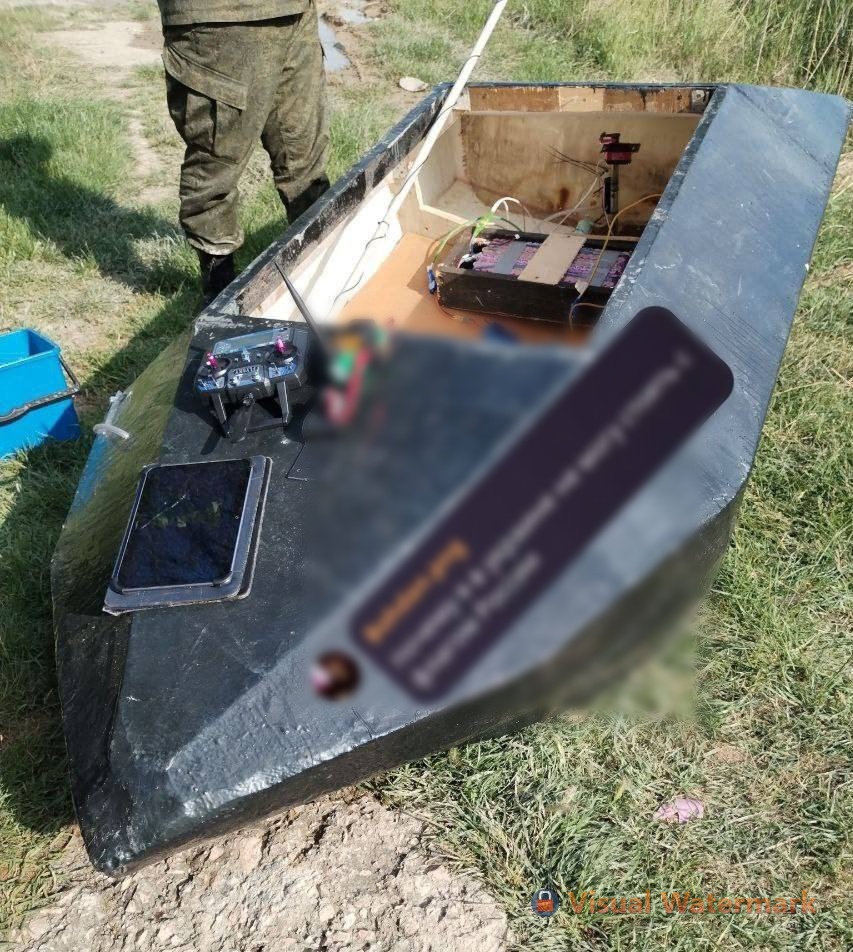
Although, at first glance, it seems that in this photo we can only see a wooden model on which the location of individual equipment elements of future Russian maritime drones is being practiced, and it is still difficult to call it even a prototype.
The “crude” nature of this Russian development can be seen at least from the fact that there is no compartment or technological holes inside the body of this marine drone to accommodate the power plant as a whole or its individual elements. Special attention should also be paid to the remote control elements, which were most likely taken from ground drones at the disposal of the Russian army.
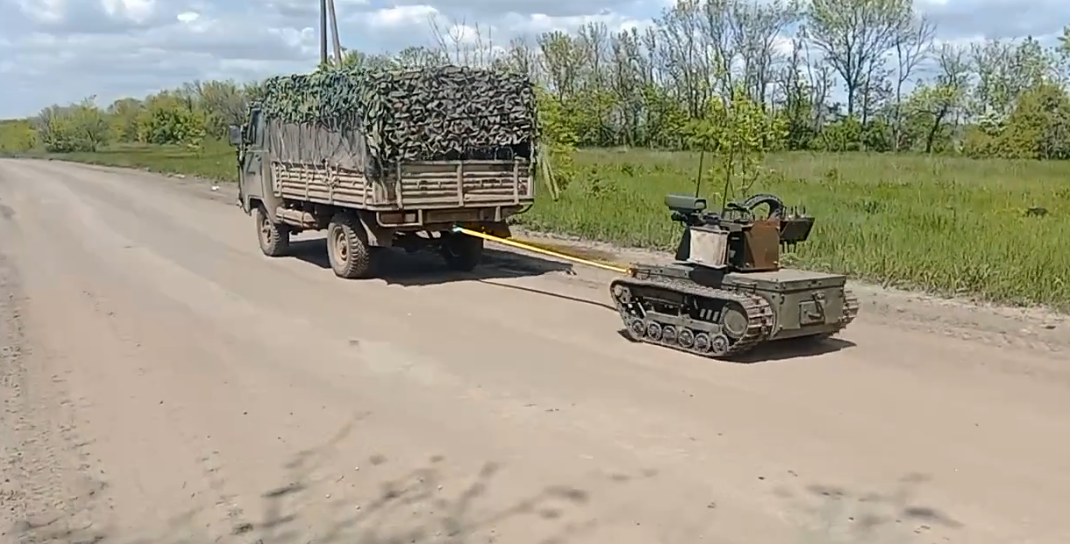
For example, we have seen a similar control system using a joystick, for example, on the racist robotic system Platform-M.
In May of this year, this robot was featured in a viral video where it was towed by a UAZ “loaf” after an apparently unsuccessful attempt to use it in an attack against the Ukrainian Armed Forces. And there is an important detail: the remote control system allows the Platform-M robot to be controlled at a distance of only 1500 meters from the operator’s location, whose toolkit includes a joystick and a computer.
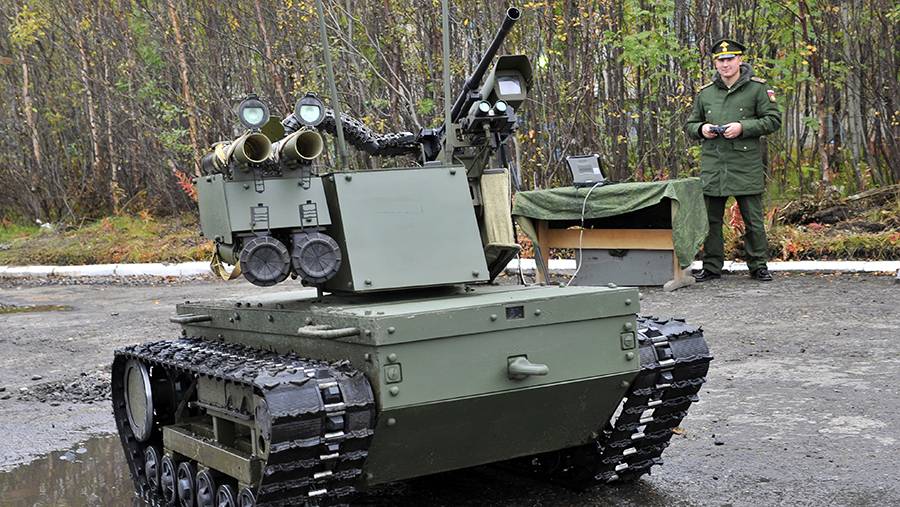
But on the other hand, it is also worth considering the context in which Russia could intensify its own developments on the topic of kamikaze maritime drones.
In February 2023, the General Staff of the Armed Forces of Ukraine confirmed that Russia had used kamikaze maritime drones against Ukraine, though without detailing the time and place of the attack. This, in turn, at least suggested that the Russians could receive kamikaze naval drones from Iran, whose technological level is more reminiscent of the “human torpedoes” of World War II.
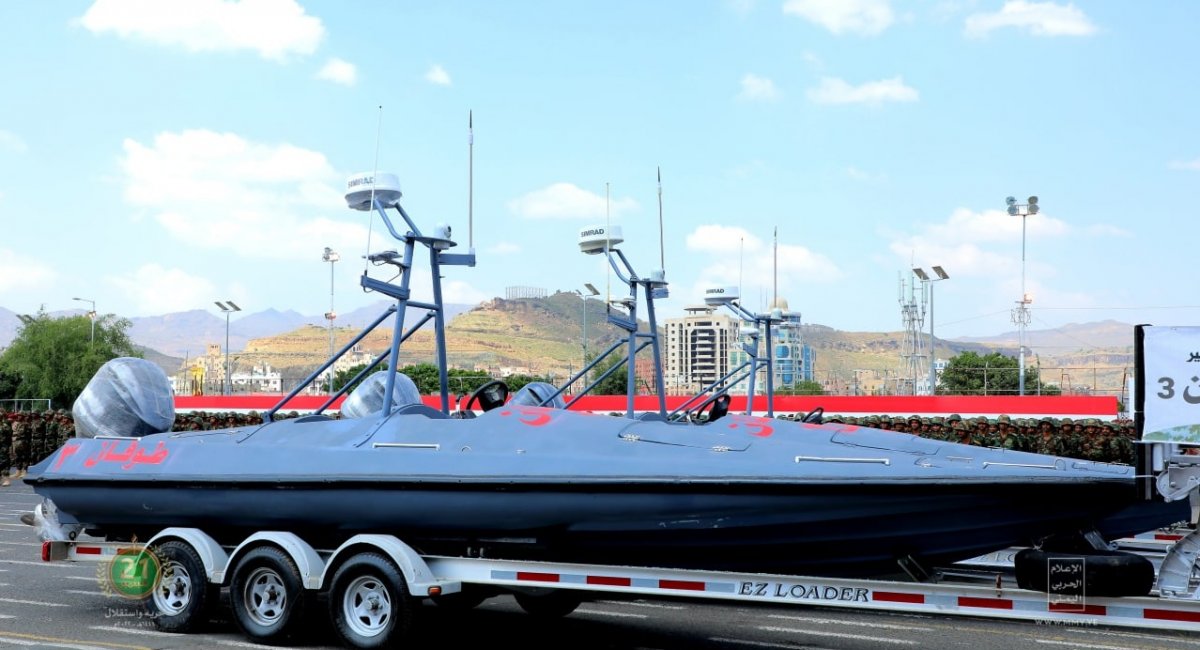
Six months have passed, and there have been no new episodes of Russia’s use of kamikaze drones in the war against Ukraine. This suggests that even if there could have been agreements between Moscow and Tehran on the transfer of this type of weapon for war at sea, they did not take place. That is why the Russians decided to accelerate development on this topic, trying to make their “crewless boats” as primitive as possible at the technological level.
For example, the possible use of wood as a material for the hulls of kamikaze drones may be motivated by the desire to reduce the cost of production as much as possible, and on the other hand, to make them as “invisible” as possible to all types of detection equipment.
And all of the above shows that this project of the Russian military-industrial complex should be treated with the utmost attention.
